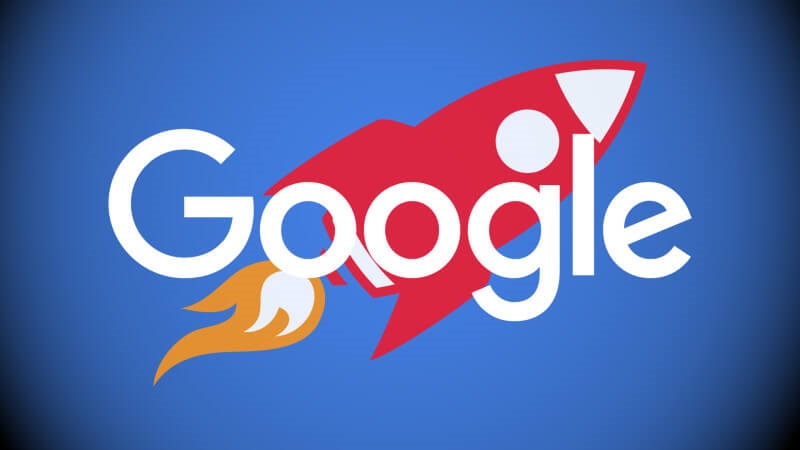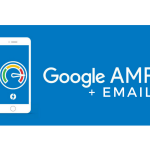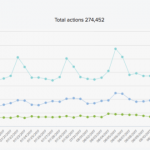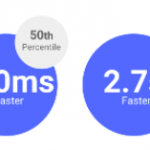Google AMP team launches ‘Render on Idle’ to load ads faster when browsers sit idle
The feature works automatically with DoubleClick AMP ad tag and for ad networks using Fast Fetch.
Google’s AMP (Accelerated Mobile Pages) team has launched a new feature called Render on Idle that is designed to increase ad impressions per page by speeding up ad load when a user isn’t taking any action in a browser.
Render on Idle is available to publishers using the DoubleClick AMP ad tag or any ad network that implements Fast Fetch, an AMP-specific mechanism that lowers the likelihood users will see empty ad slots by allowing ad requests to happen as page content is rendering. Ads render just before the ad slot is in view.
From the announcement:
With Render on Idle, ads load 12 viewports from the user’s scroll position (as opposed to 3) when the browser is idle, no other page content is being retrieved or rendered. This delivers better ad performance by loading ads earlier in the page lifecycle.
More from the Github page:
[Ad] Slots not marked with data-loading-strategy attribute that are more than 3 viewports but less than 12 from current location are allowed to render when the AMP scheduler is idle. The result is an increase in impressions with a much smaller increase in viewable impressions and clicks.
The AMP team says publishers testing the feature have seen a 13 percent increase in impressions per page and just a .5 percent increase in clicks and viewable queries by being able to render ads when a user’s browser is idle with Render on Idle.
What about publishers that are focused on delivering viewable impressions — one of the touted benefits of Fast Fetch? From the Github page:
Publishers sensitive to viewability rate should set data-loading-strategy=3 to keep the current viewport offset and disable idle render. Publishers using data-loading-strategy=prefer-viewability-over-views will use current 1.25 viewport offset with idle render disabled.
Unless they take the actions outlined above, most publishers that have the DoubleClick AMP ad tag set up don’t have to take any action for Render on Idle to run. The team lists the following two exceptions and remedies:
- Using remote.html: Fix by switching to Real-Time Config, which enables integrations with other technology partners (instructions on Github).
- Using ‘useSameDomainUntilDeprecated’: Fix by removing that attribute from tags and use SafeFrame API that is now exposed to ads on AMP pages.
Ad networks will need to migrate from Delayed Fetch to Fast Fetch for Render on Idle to take effect.
Support for Delayed Fetch for DoubleClick is ending at the end of this month, on March 29.
[Originally appeared on Search Engine Land.]
Marketing Land – Internet Marketing News, Strategies & Tips
(92)















